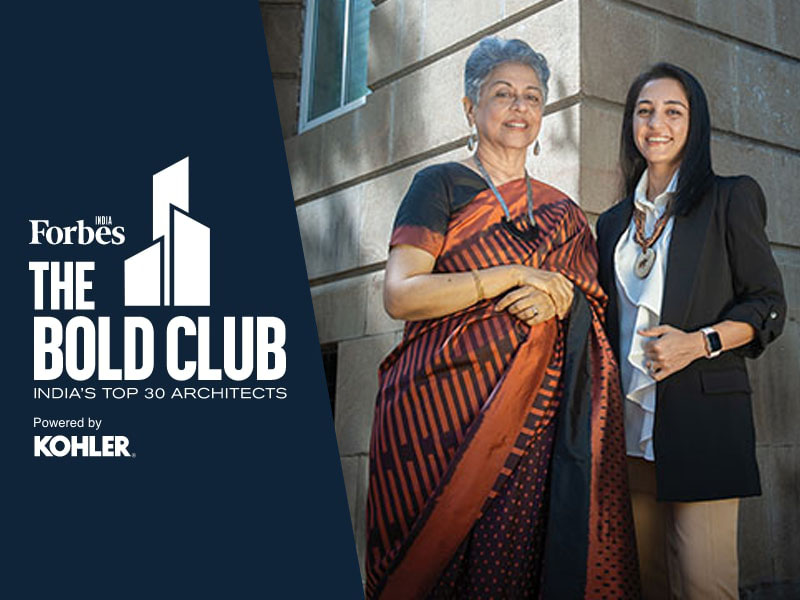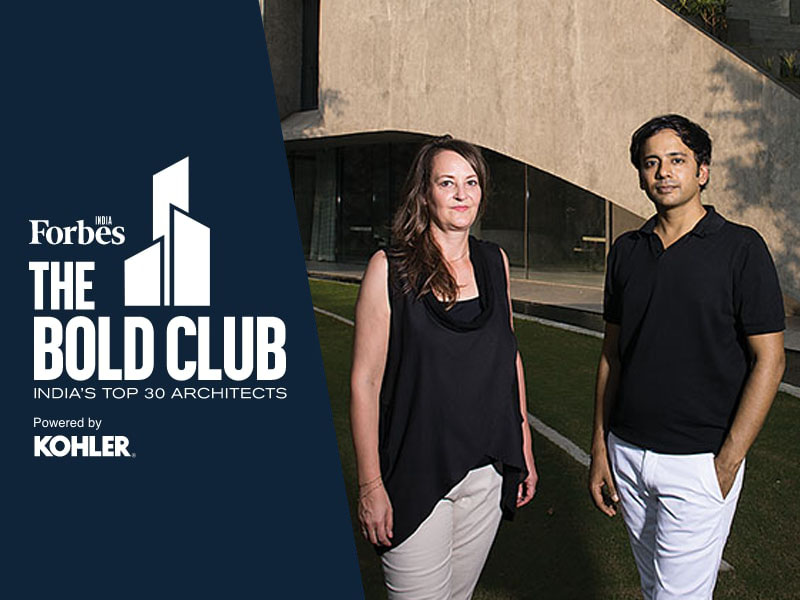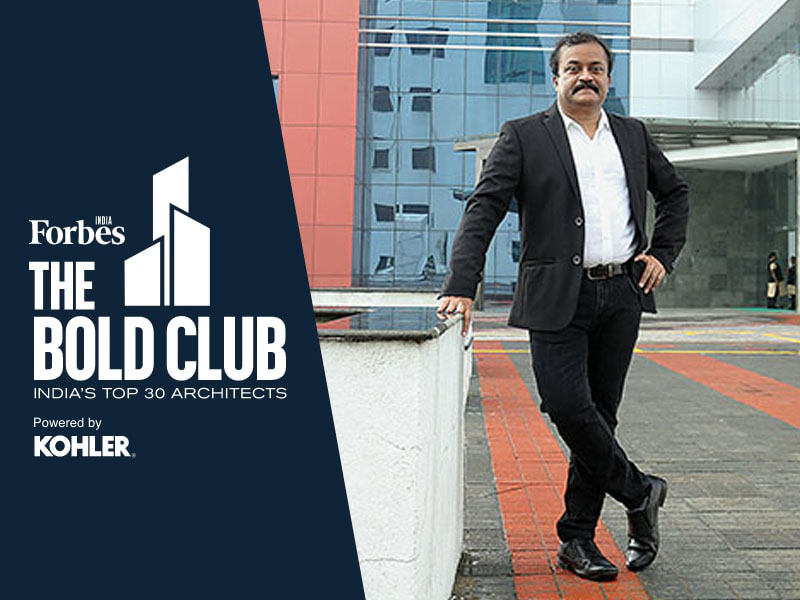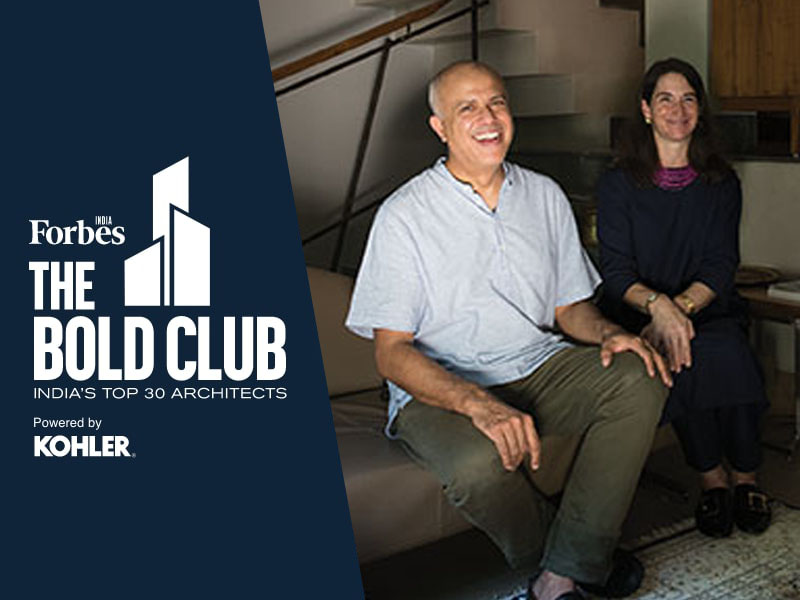Vir.Mueller Architects
Getting into architecture seemed natural for Pankaj Gupta and his wife Christine Mueller Gupta, both of whom had architects in their family and shared a love for design. The duo completed their architecture degrees (he from Yale, she from Harvard) and worked in renowned architectural firms.
It was when they met in Boston that their shared passion for the field and eagerness to test out their ideas inspired them to launch their own company, Vir.Mueller Architects, in 2003 in the American city. “We wanted to create a kind of body of thoughtful, considerate, carefully detailed work that would stand the test of time,” says Gupta, who is also a professor at the University of Virginia School of Architecture.
They moved their practice from Boston—where they worked on a private library and a house for economist Esther Duflo—to New Delhi in 2006. While the “cultural and contextual transformation” was a challenge, it did shed light on the need to create social equity and urban justice.
Since then, the firm has worked on a range of commissions in India, including a flagship campus for Ahmedabad University, toilet sanitation prototypes for the National Foundation for India, as well as residential and office projects in Noida, Mumbai and New Delhi.
While their work has won them many accolades, including the Fritz-Höger Award for Excellence in Brick Architecture, their mission is centred around service to a place and community.
One of their ongoing projects is the Humayun’s Tomb Site Museum in New Delhi for the Aga Khan Trust for Culture, which is the first contemporary museum in India to be built on a World Heritage Site.
Humility, consideration of the human resources and awareness of the material culture of a place are rooted in their design philosophy. “I think we extract very painstakingly, very slowly the DNA of what the architecture will be from these inferences that have to do with site, context and client mission,” says Gupta.
Gupta believes social equity and environmental justice need to be addressed as the polarisation and divide between the haves and have-nots in cities continues to widen. “The biggest challenge in the decades to come will be this growing disparity of urban amenity or urban discrimination between social classes,” he says.
By Darielle Britto

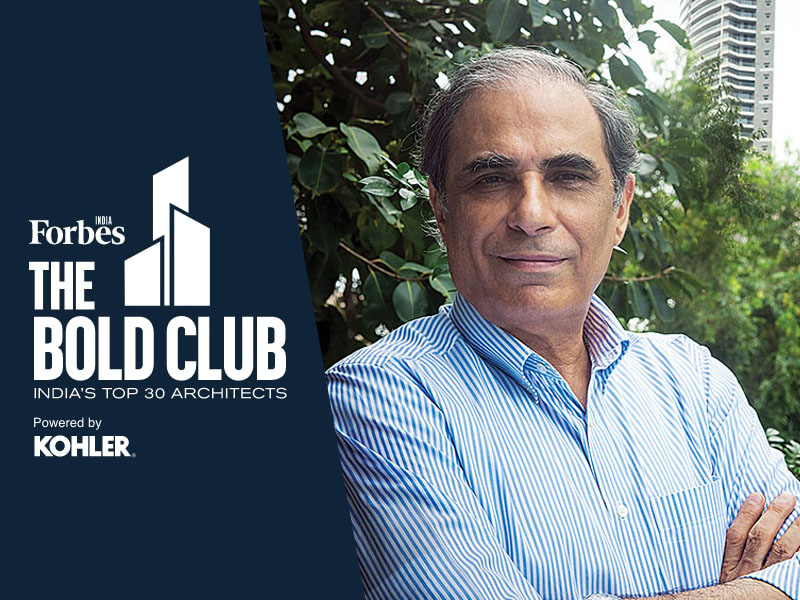
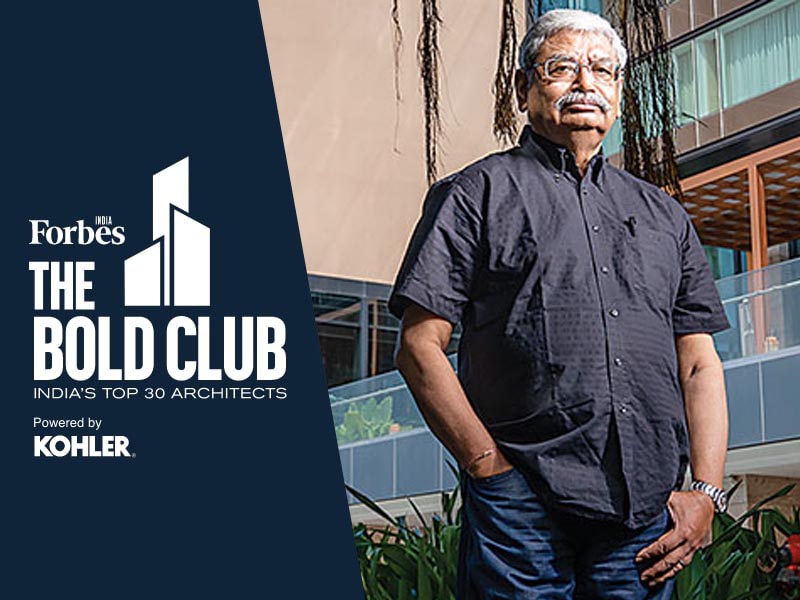

 Pvt LtD.jpg)
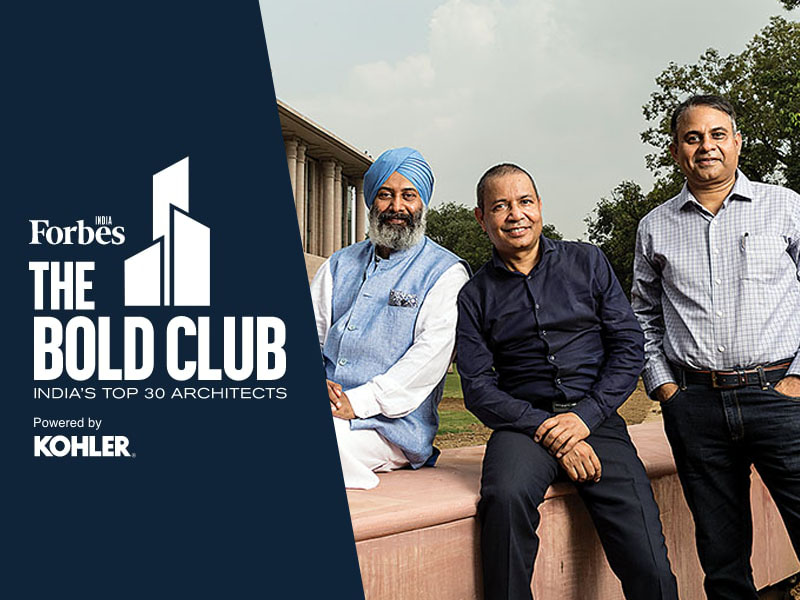
.jpg)
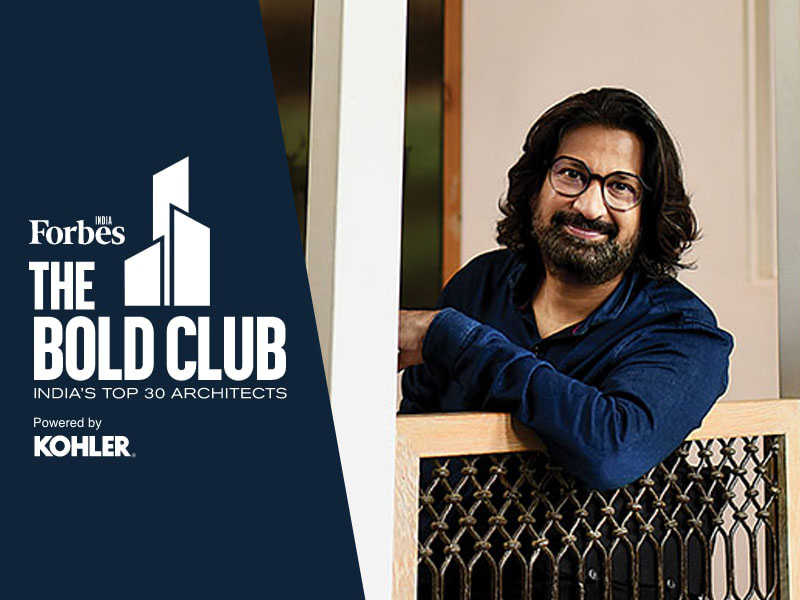

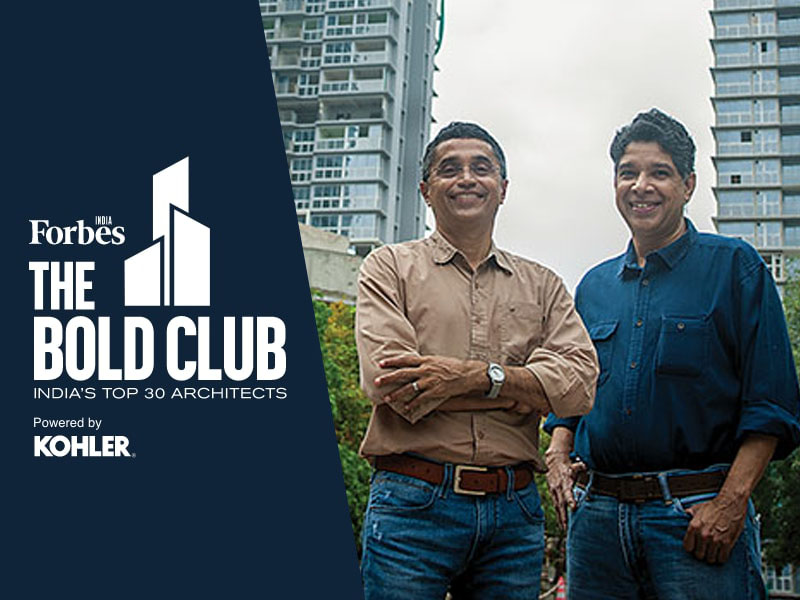
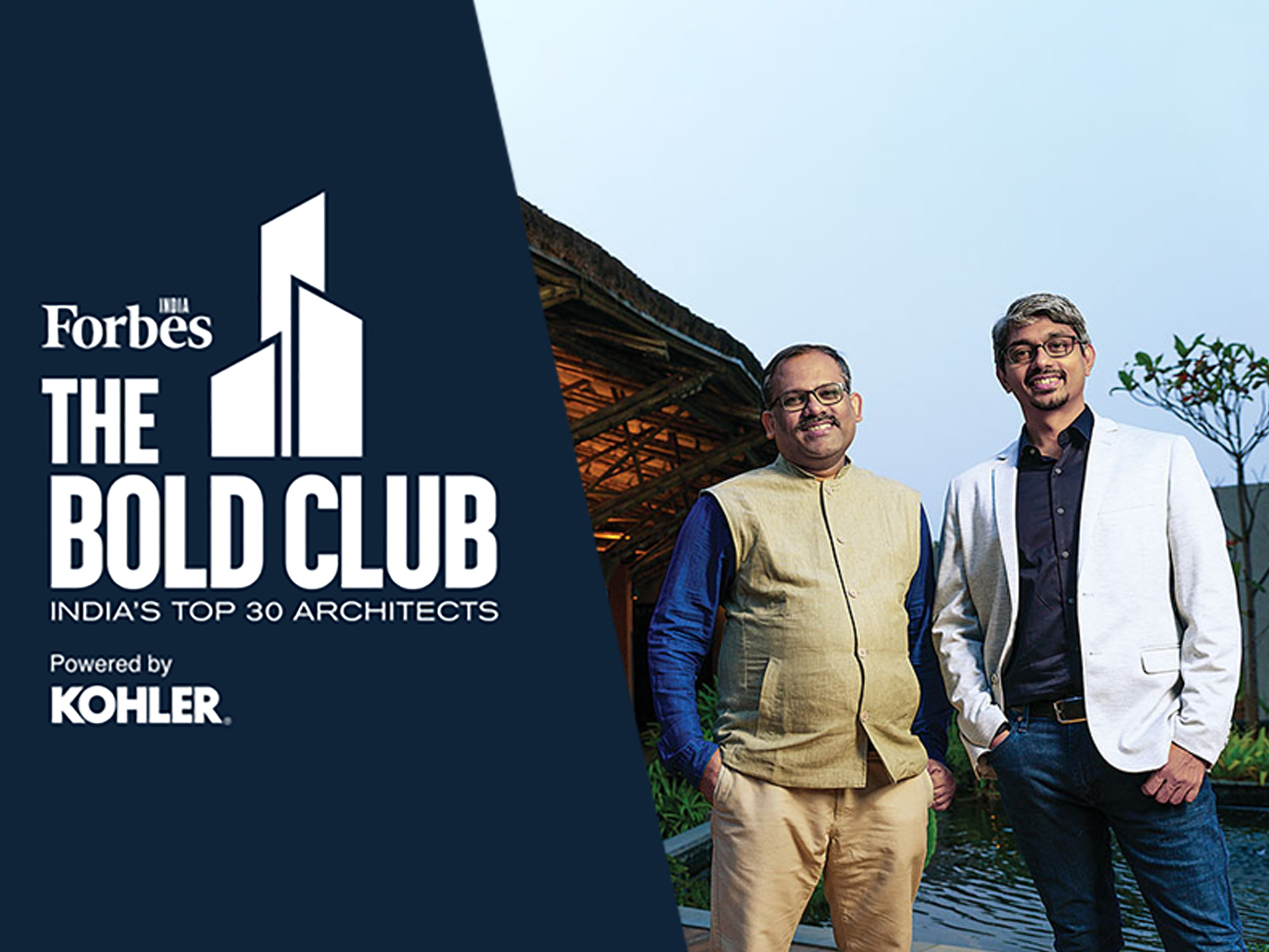
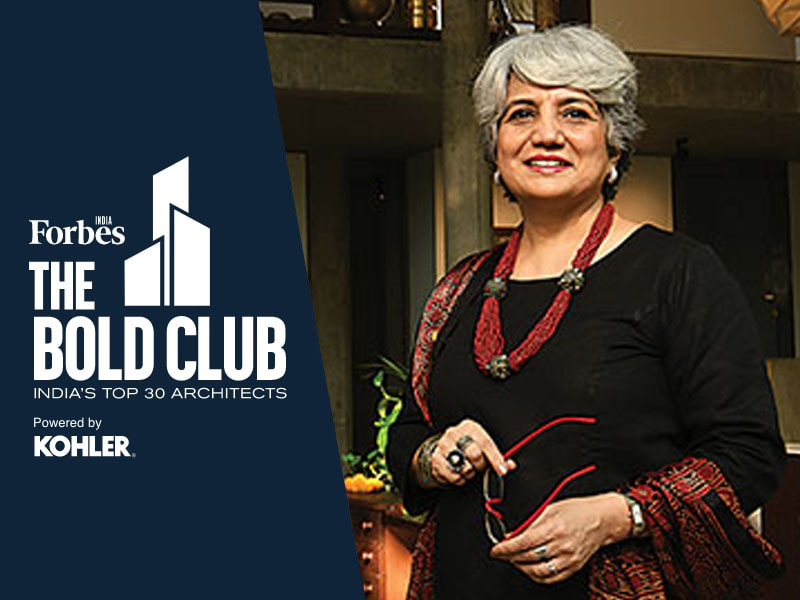
.jpg)
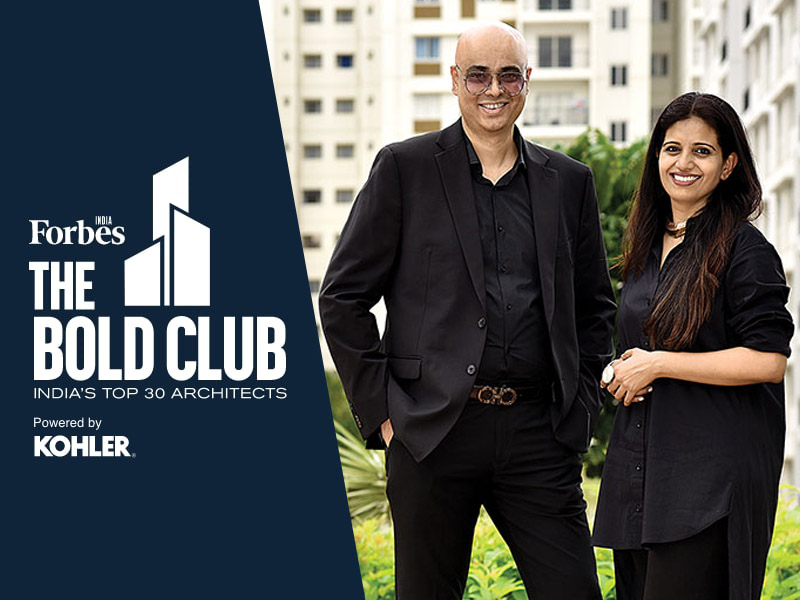
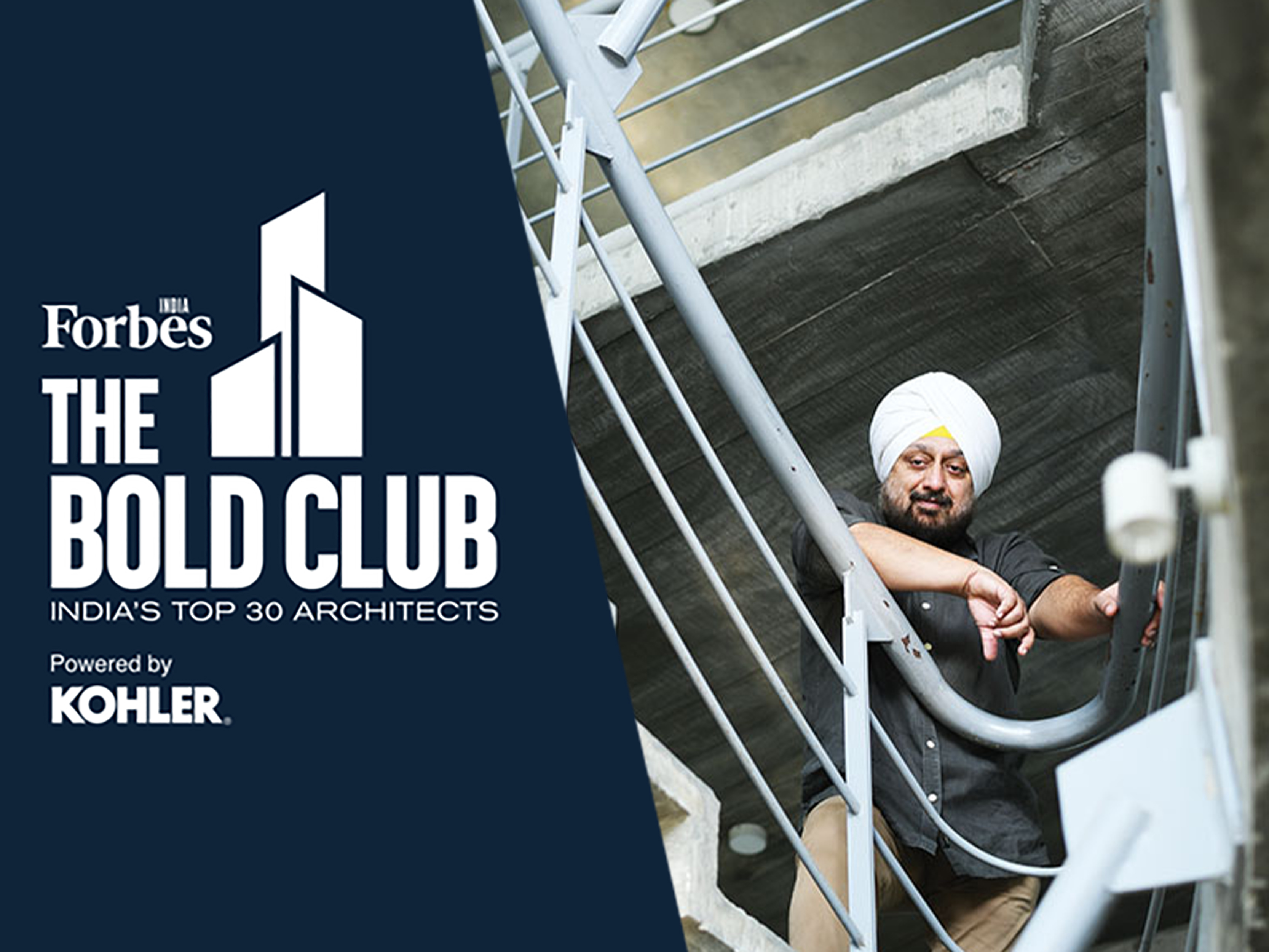
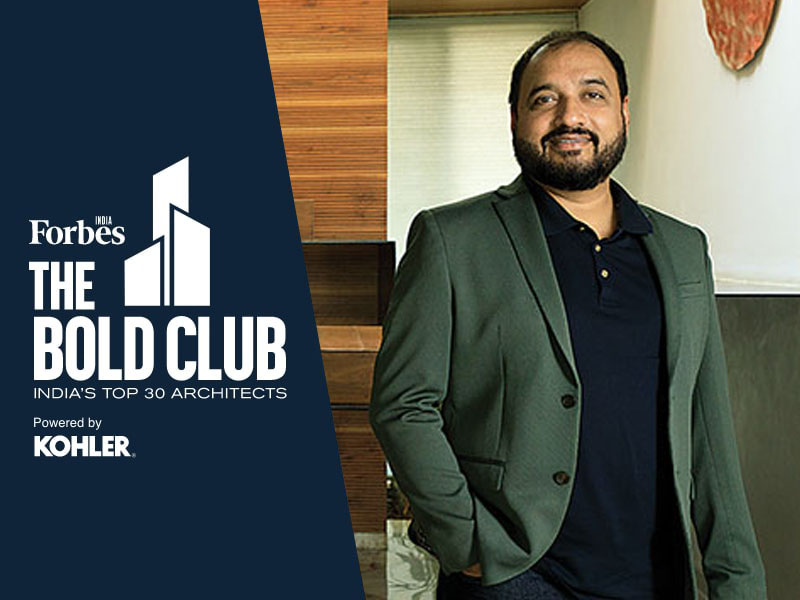
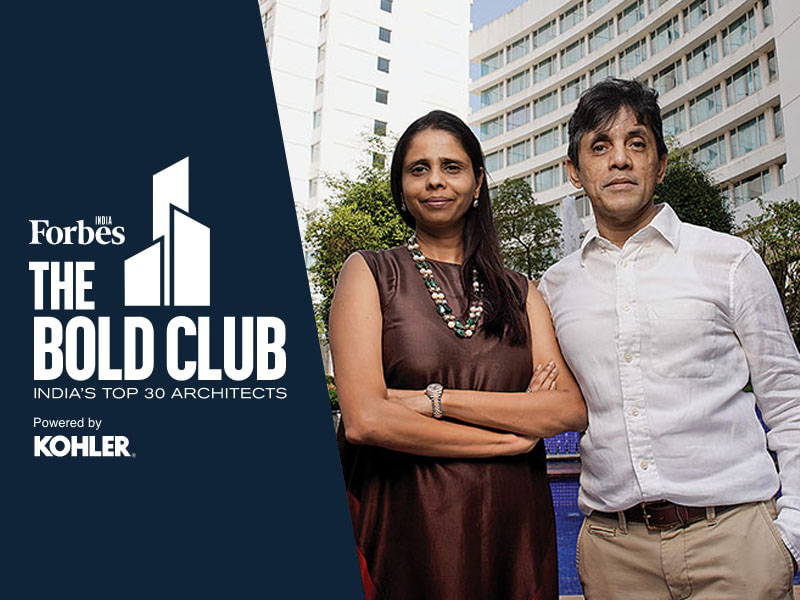
 Pvt Ltd.jpg)
.jpg)
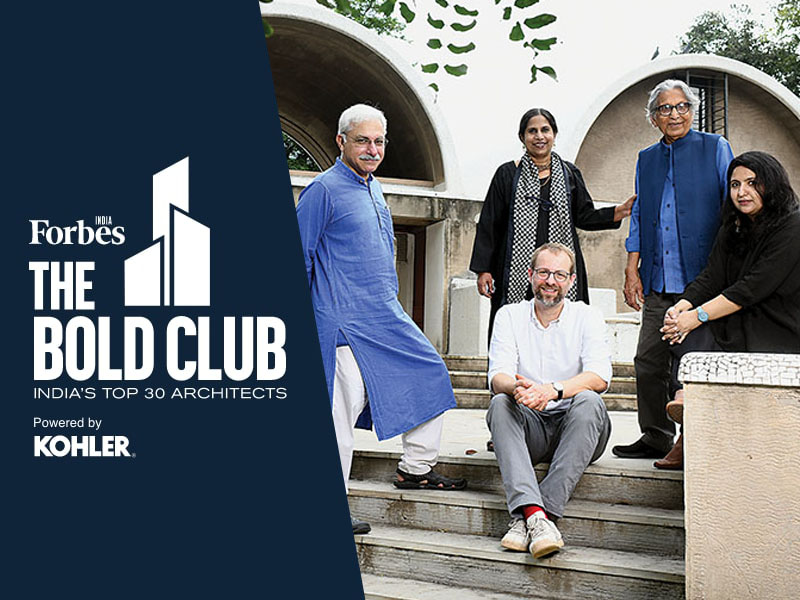
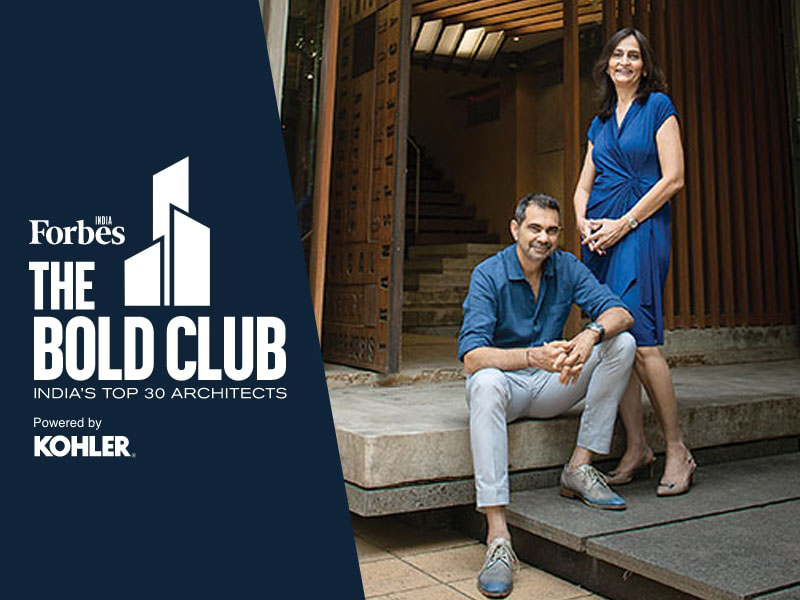
.jpg)
